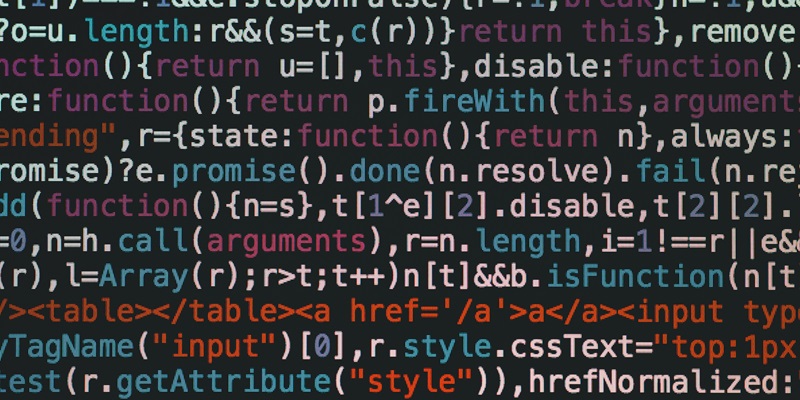The integration of AI into software development has brought about incredible efficiencies but has also introduced new security concerns. Recognizing this, Legit Security, a leader in application security posture management (ASPM), has enhanced their platform to detect the introduction of AI in code generation within the development pipeline. These advanced features ensure that AI’s benefits can be enjoyed without compromising the security and integrity of the software being developed.
Understanding the AI-Generated Code Detection Mechanism
Legit Security’s approach to this new challenge involves a blend of real-time monitoring and complex analysis. The ASPM platform, equipped with high-tech sensors, quietly monitors coding activities to detect signs of AI usage. By distinguishing AI-generated code from human-produced code, Legit Security helps DevSecOps teams identify potential security vulnerabilities introduced by AI tools quickly and efficiently.
The technology does not simply flag the presence of AI, it uses intricate pattern recognition algorithms to identify the specific characteristics of AI-generated code. These algorithms look for patterns and anomalies that are not typically found in human-authored code, given the generative nature of AI that may draw from broad code bases, including those with existing vulnerabilities.
Future of Code Security in an AI-Dominated Landscape
As AI becomes further entrenched within DevSecOps processes, security tools and measures must adapt. Legit Security’s updated platform represents the proactive stance that the industry must take to manage the increased complexity and output from developers using AI tools. Detection and predictive analytics incorporated into security platforms such as Legit Security’s are evolving, providing essential insight into the security posture of AI-generated code.
Legit Security’s initiative exemplifies a developing trend where security is becoming an integral part of the development process. They are charting a path toward a future where AI’s potential is fully leveraged in tandem with the maintenance of robust security standards.

